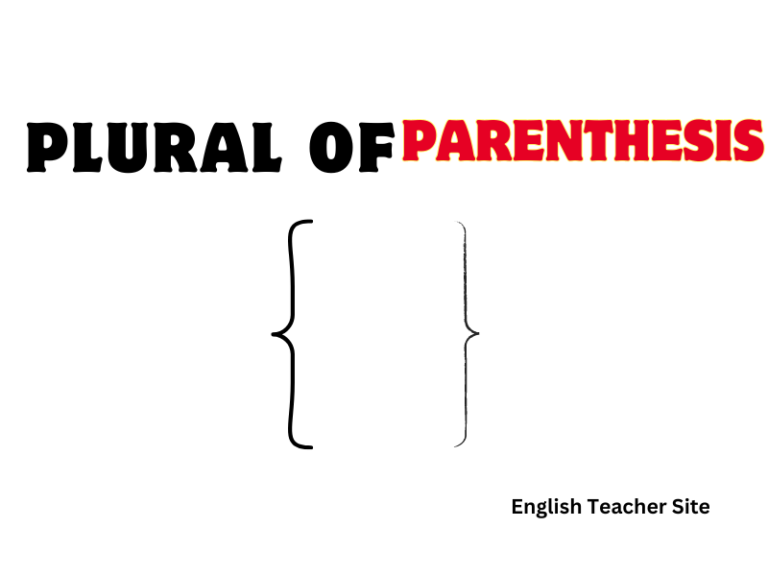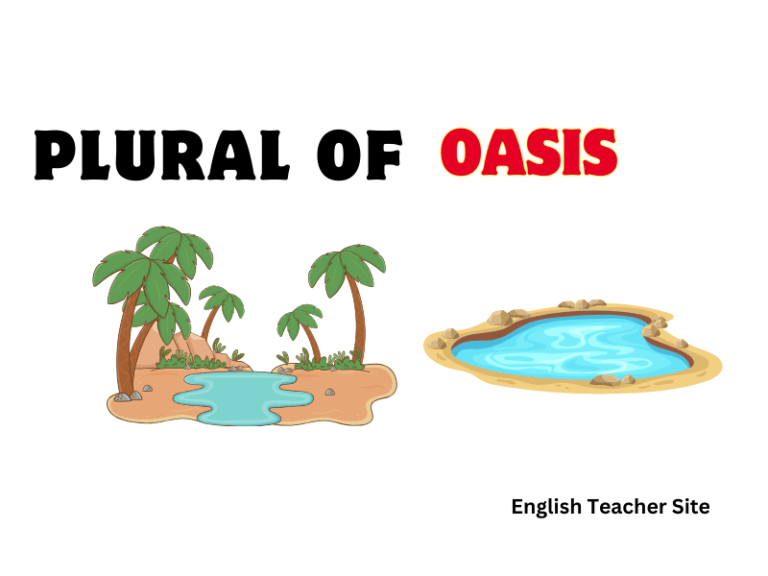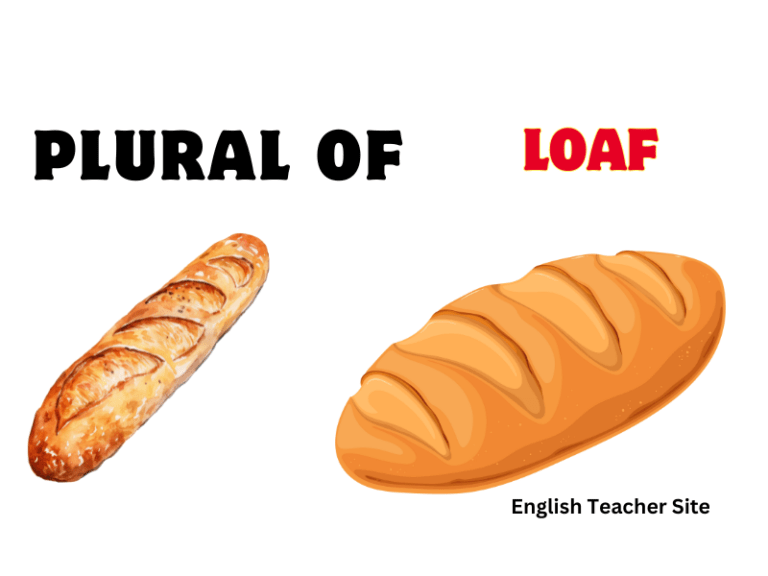What’s the Plural of Matrix: Understanding Singular and Plural Forms

- “Matrix” has two accepted plural forms: “matrices” and “matrixes.”
- “Matrices” is the plural form rooted in Latin, while “matrixes” follows English pluralization rules.
- Context often dictates the preferred plural form of “matrix,” with “matrices” being prevalent in scientific and mathematical references.
The plural form of “matrix” has intrigued English speakers and learners alike due to its Latin origin and its adaptation into English. Traditionally, English has adopted Latin rules for pluralizing Latin-derived words, hence the term “matrix” often has two plural forms. “Matrixes” follows the regular English convention for creating plurals by adding -es, while “matrices” retains its Latin root. The word “matrix” itself derives from the Latin word “mater,” meaning “mother,” and is used to denote an environment or substance within which something originates or develops.
While “matrices” is more commonly used in mathematics and scientific contexts, “matrixes” is also accepted in modern English usage. It’s important to understand the context in which you’re using the word, as certain fields may prefer one plural form over the other. Additionally, understanding the definition and various applications of the word “matrix” can aid in recognizing when and how to use the plural forms correctly.
What’s the Plural of “Matrix”?
One might encounter two different plural forms for the word “matrix”:
- Matrices: This form adheres to the traditional Latin pluralization rules.
- Matrixes: This version follows the modern English convention of adding “-es” to form plurals.
Here is a simple breakdown of both plural forms:
| Traditional (Latin) | Modern (English) |
|---|---|
| Matrices | Matrixes |
In addition to their spellings, it is useful to understand the contexts in which these plural forms are most appropriately used:
- Matrices is frequently used in more formal or academic contexts, particularly within the fields of mathematics, science, and technology.
- Matrixes might be found in everyday language and less formal writing.
- The organization chart consists of various interconnected matrices.
- The movie series “The Matrix” has spawned several matrixes in popular culture.
Is “Matrix” Plural or Singular?
The term “matrix” is singular, referring to a single instance of whatever context it is being used in.
When discussing more than one matrix, the English language offers two plural forms:
- Matrixes
- Matrices
Matrixes is the modern English version and is primarily used in general contexts. Matrices, on the other hand, stems from the word’s original Latin root.
Below are tables illustrating the usage in both mathematical and general contexts:
| Singular | Plural |
|---|---|
| Matrix | Matrixes |
| Matrix | Matrices |
Matrixes:
- Often used in less formal or modern texts.
- Aligns with the modern English rules of creating plurals.
Matrices:
- Common in academic and formal writing.
- Maintains fidelity to the Latin origin.
Here is an additional table to guide correct usage depending on the context:
| Context | Preferred Plural Form |
|---|---|
| Academic | Matrices |
| General | Matrixes |
| Mathematics | Matricies |
| Computing | Depends on conventions |
Defining the Word “Matrix”
The term matrix finds its roots in the Latin word “matrix,” referring to a breeding female, and later evolving to imply a source or a place of origin. Its adoption into English maintains the core of its Latin origins, symbolizing a place or environment where something develops or takes shape. In its singular form, the word denotes a complex situation or environment in which something else originates or is nurtured.
| Singular Usage | Meaning |
|---|---|
| matrix | A context or setting characterized by its complex and structured nature, often used metaphorically. |
Matrix is predominantly recognized in mathematics as a rectangular array of numbers, symbols, or expressions arranged in rows and columns. In biology, it describes the intercellular substance of tissue, and in various technical fields, it might refer to a mold or template.
| Common Contexts | Description |
|---|---|
| Mathematics | An arrangement of numbers or algebraic expressions that can be analyzed or manipulated according to specific rules. |
| Biology | The substance between cells, providing structure and support in animal or plant tissues. |
| Technology | A mold in which something, like a recording or a print, is formed or cast. |
- Mathematical matrix: Varied operations like addition, subtraction, and multiplication
- Biological matrix: Composed of proteins and polysaccharides
- Technical matrix: Can refer to a mold for shaping or forming objects
The word “matrix” itself has a broad application, symbolizing systems, environments, or substrates in which other entities can develop or interact. It articulates a range of concepts, from mathematical arrays to biological and technical infrastructures, and serves as a bridge between abstract and practical contexts.
In literature and art, a matrix might describe the intricate network of influences shaping creative work. In a more figurative sense, people might use matrix to describe a complex situation or the womb.
- Literary matrix: Juxtaposition of themes, histories, and narratives
- Artistic matrix: Foundation of ideas and elements composing a work
What’s the Plural of “Matrix”?
Accepted Plurals of Matrix:
- Matrices: Adhering to the original Latin pluralization, “matrices” is primarily used within technical and academic contexts, particularly in mathematics and science.
- Matrixes: This alternative form aligns with the regular English convention for creating plurals, adding ‘es’ to the end of words that finish in ‘x’.
Usage Context:
- Mathematics: “The eigenvalues of these matrices are…”
- General Use: “Several matrixes of similar design were…”
| Plural Form | Context |
|---|---|
| Matrices | Academic, technical |
| Matrixes | General, informal |
| Context | Plural Form Used |
|---|---|
| General | Matrixes |
| Specialized | Matrices |
Nouns Ending in -ix/-ex and -xes/-ces
Classical Pluralization:
- Vortex: vortices
- Appendix: appendices
Modern Pluralization:
- Index: indexes or indices (with “indexes” often preferred in less formal contexts)
Usage in Sentences:
- The library has several volumes of appendices detailing historical data.
- The data contains multiple complex matrices for analysis.
The rules are slightly different for nouns ending in -ix and -ex when it comes to the world of technology and newer terminologies. Here, the addition of -es is generally the norm.
Table: Classical vs. Modern Plural Forms of Nouns
| Singular | Classical Plural | Modern Plural |
|---|---|---|
| matrix | matrices | matrices |
| index | indices | indexes |
Examples of “Matrix” Used in Context
Here are two tables of examples illustrating the singular and plural usage of “matrix”:
Singular Usage of Matrix:
| Sentence | Usage Context |
|---|---|
| The algorithm requires a single matrix to process the data. | Computational context |
| He studied the carbon matrix embedded within the composite material. | Material science context |
Plural Usage of Matrices:
| Sentence | Usage Context |
|---|---|
| To solve the system of equations, they calculated the eigenvalues of several matrices. | Mathematical context |
| The geologist examined various rock matrices to determine mineral compositions. | Geological context |
Additionally, “matrix” can also be metaphorically used in various contexts:
- In literature, a narrative matrix might describe the underlying structure of a story.
- In business, a skills matrix is employed to assess competencies across different roles.
Examples of “Matrixes/Matrices” in Context
- In mathematics, the application of multiplication and inversion techniques to matrices is fundamental in linear algebra.
- The archaeologist recorded several different matrixes of soil composition throughout the excavation site.
| Mathematics Context | Application |
|---|---|
| Matrices | Calculate eigenvalues |
| Matrixes | Define transformations |
In the field of computer science, data is often stored and manipulated in structures known as matrices, facilitating complex calculations and data processing. Similarly, in the arts, especially in printing and metal casting, matrixes are used to mold or fabricate objects.
| Computer Science Context | Utilization |
|---|---|
| Matrices | 3D graphics transformations |
| Matrixes | Digital image processing algorithms |
- When studying wombats, the researchers considered the various environmental matrixes/matrixes that could affect the population growth.
- The film series introduced an intriguing concept involving alternate reality matrices.
| Biological Context | Aspect Examined |
|---|---|
| Matrices | Population dynamics |
| Matrixes | Habitat variations |
Origin of the Word “Matrix”
The term matrix finds its roots in the Latin language. Initially, the word referred to the ‘womb’ or a ‘place of origin’. Over time, its application expanded metaphorically and technologically. Here is a concise exploration of the etymology and application of the word matrix:
| Century | Language | Term | Meaning |
|---|---|---|---|
| 14th | Latin | mātrix | Breeding female, Womb |
| 14th | Old French | matrice | Womb, Uterus |
In late Middle English, the understanding of matrix as a ‘place from which something develops’ was firmly established, drawing from its origins in describing the literal birthplace of life. The move towards abstraction was a natural linguistic evolution, allowing the word to encompass broader definitions.
- Biology: A matrix refers to the intercellular substance where tissue cells are embedded.
- Technology: The word can describe an environment or material in which something develops or is formed.
- Mathematics: It represents a rectangular array of quantities or expressions set out by rows and columns, treated as a single entity.
| Field | Application of “Matrix” |
|---|---|
| Biology | Intercellular substance |
| Technology | Environment for development |
| Mathematics | Array of numbers |
Sources
My name is Khamis Maiouf. I am the creator of the English Teacher Site, dedicated to providing valuable resources and insights for students around the world. With a passion for education and a commitment to helping students enhance their skills, I aim to make English teaching more effective and enjoyable for both educators and students.






